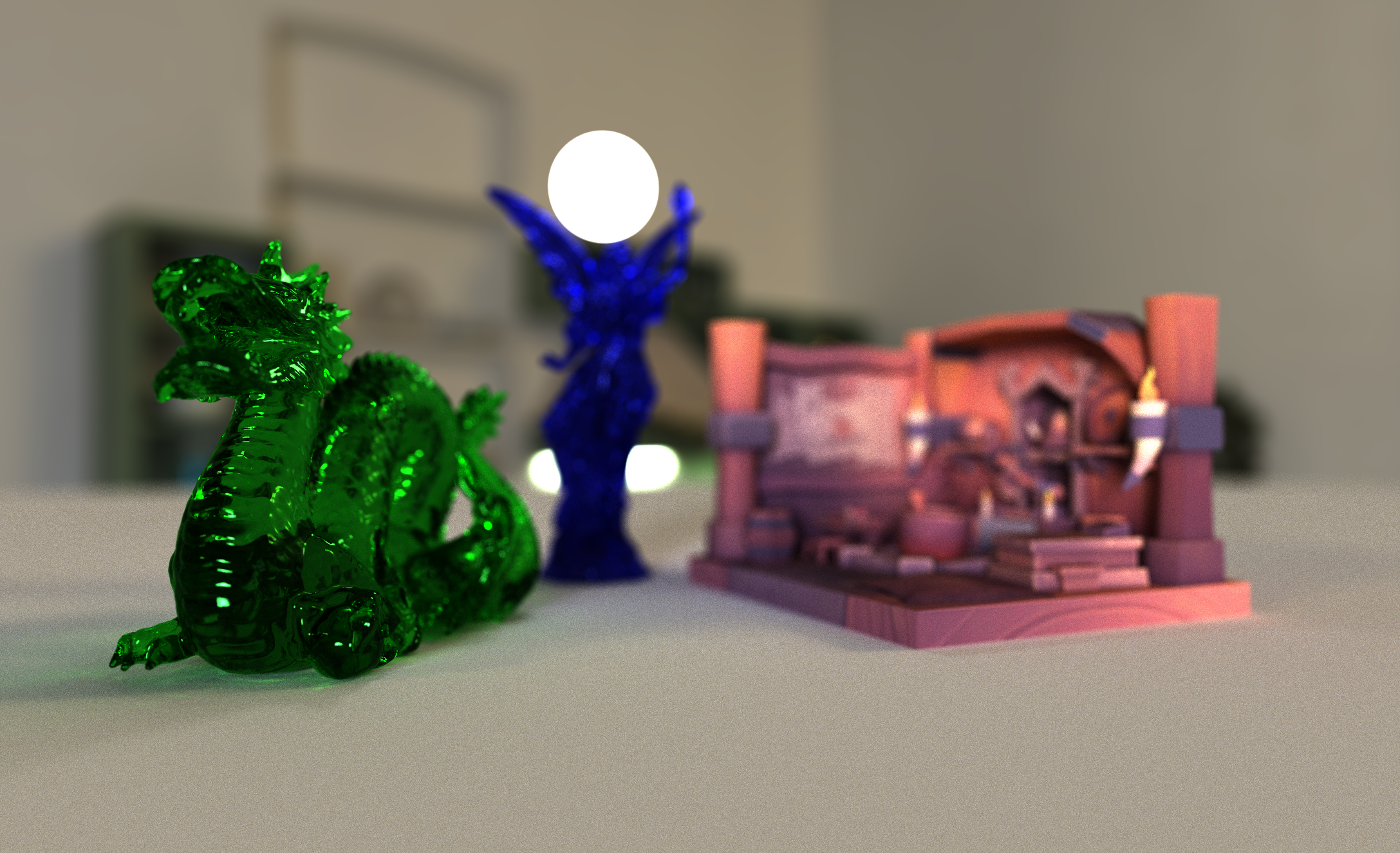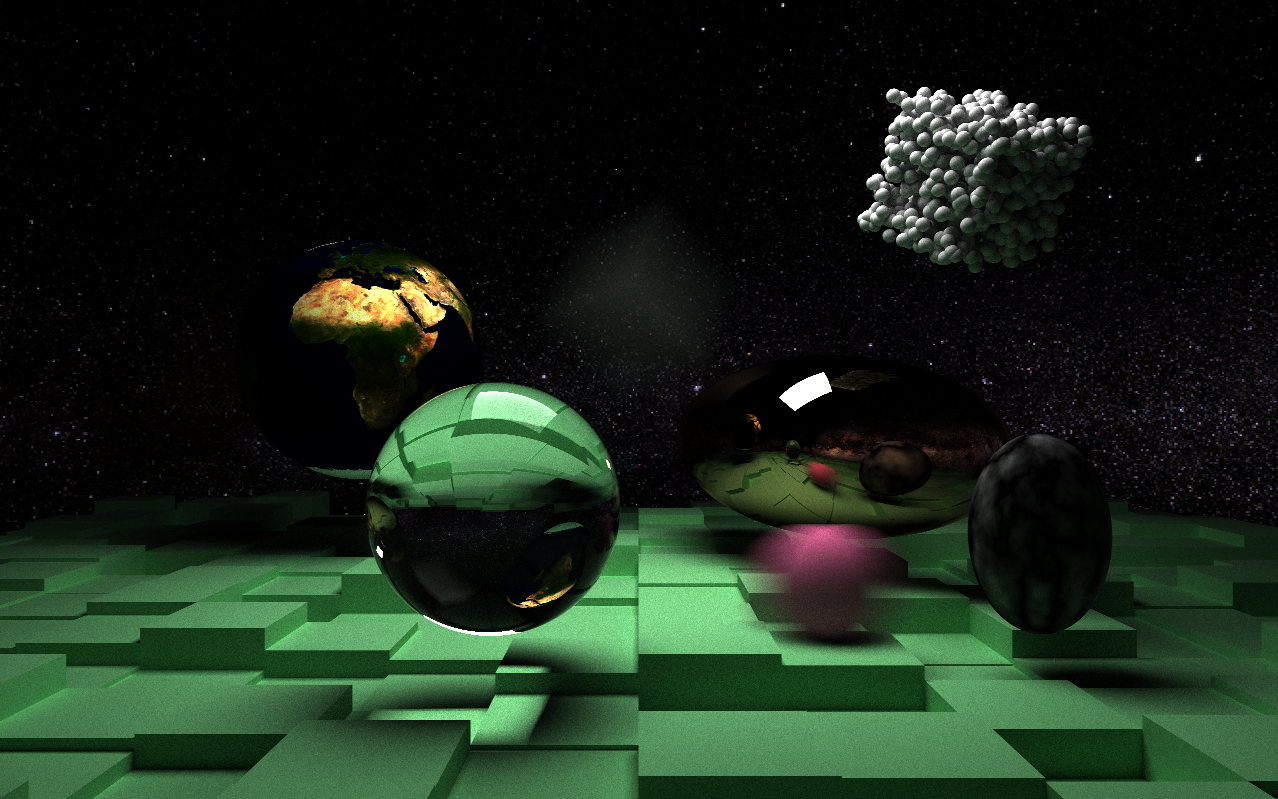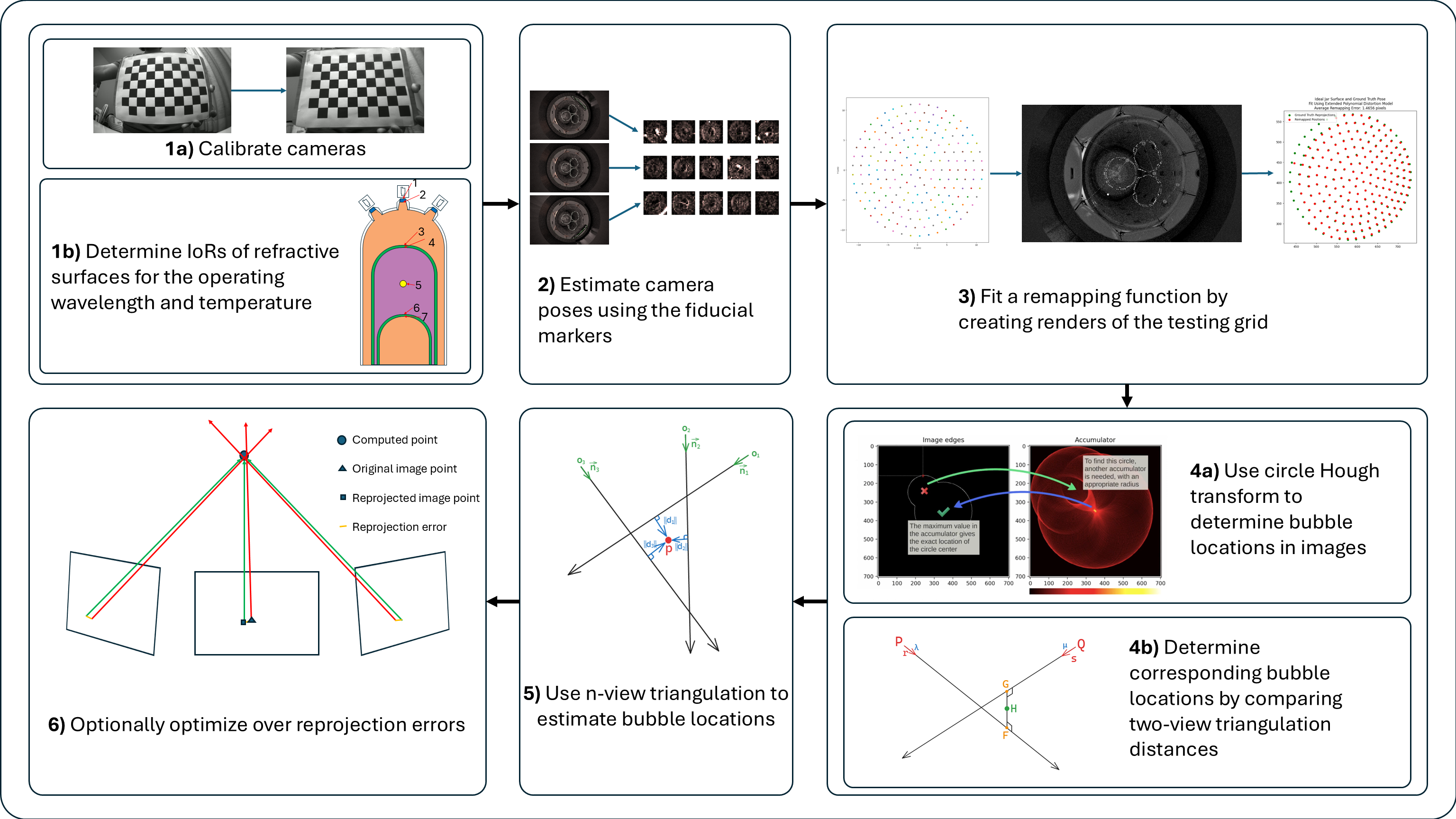TU Wien Rendering Course Notes
While developing Chroma and trying to incorporate more complex integrators and materials, I realized that I needed a better understanding of the math and theory. I came across this rendering course from TU Wien which I think did a great job of covering the topic. What follows are my course notes from each of the lectures – mostly for my own future reference but I hope it can be helpful to others who come across this too.




